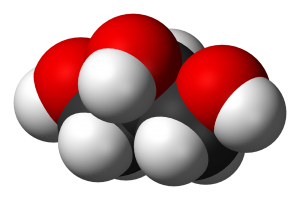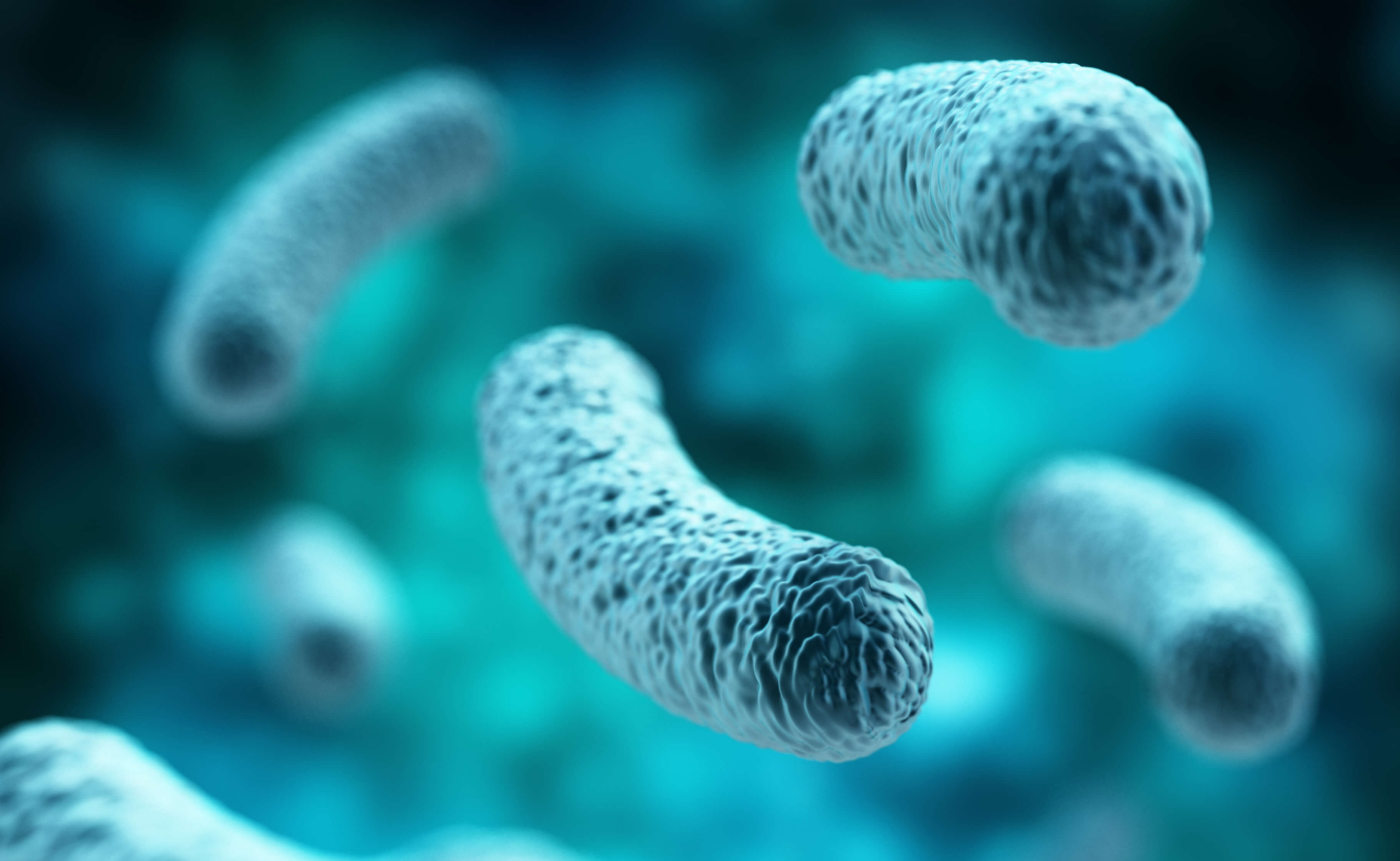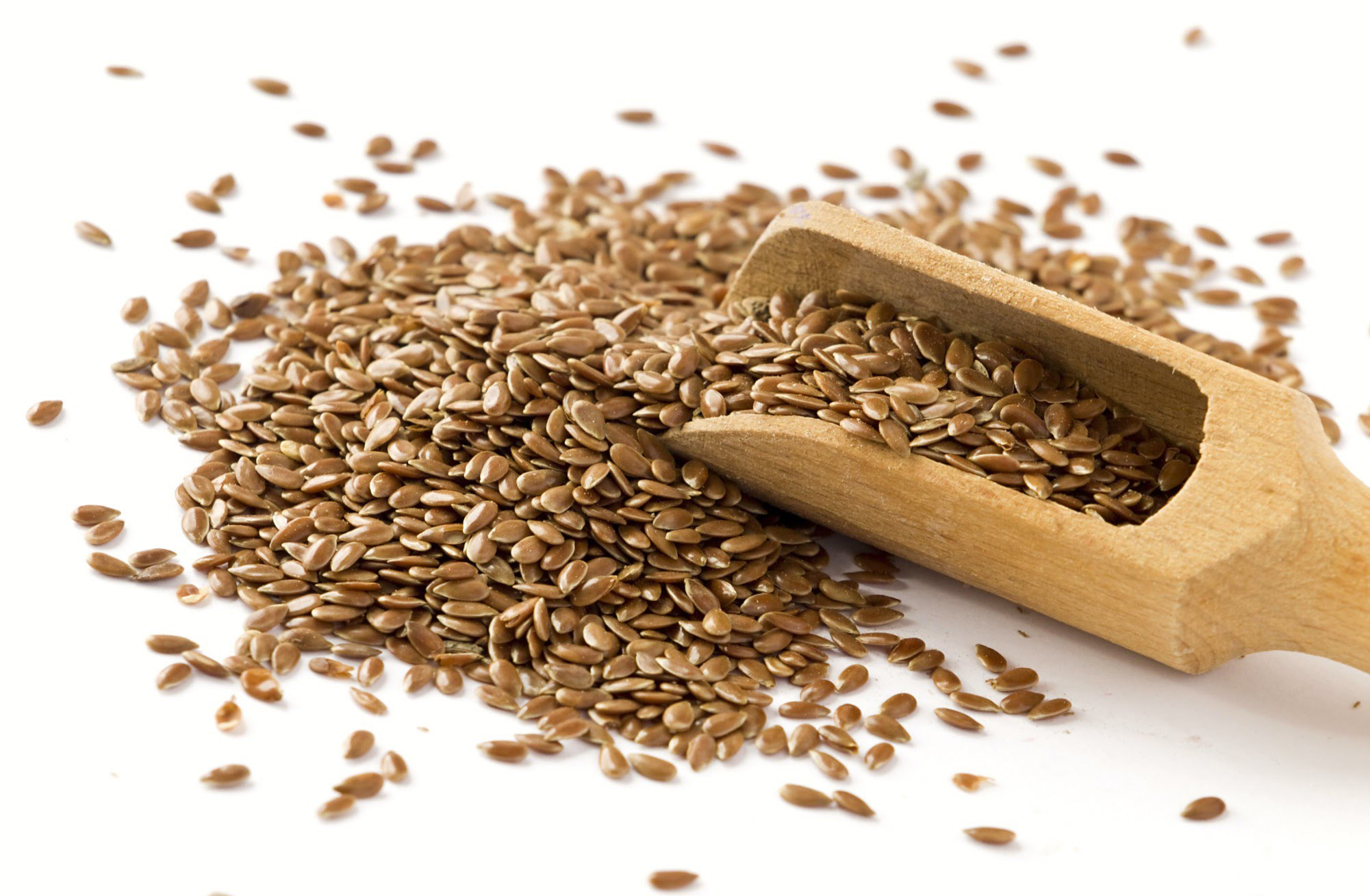Glycerol is present in all oils, animal and vegetable fats in combination. Coconut and palm oils contain a high amount of carbon chain fatty acids 6 to 14 carbon atoms.
These produce more glycerol molecules in oils containing 16 to 18 carbon atoms, such as fats, cottonseed oil, soybean oil, olive oil and palm oil. Combined glycerol is also present in all animal and plant cells as part of its cell membrane in the form of phospholipids.
 Glycerol has different uses in the area of medicine such as:
Glycerol has different uses in the area of medicine such as:
- Preparation of medicines in the form of syrups (as an excipient, as an antiseptic to prevent infections in wounds, as an inhibitor of enzymatic changes during the fermentation of ointments, pastes or creams, as a solvent for iodine, bromine, phenol, thymol, tannins, alkaloids and chloride of mercury). It is also used for ophthalmic lubricants and humectants.
- In addition, it is used as part of glycerin suppositories, which have a laxative action. The mechanism of action of these suppositories is based on two properties of glycerin: it is hygroscopic and slightly irritating to mucous membranes.
- It is also used in the lubrication of specific machinery. For example, production of food and medicine (not to be toxic), oil, etc.
- In the military and mining industries for the manufacture of explosives, such as nitroglycerin as well as to cool the gun barrels.
- Production of consumer products. Mainly, it is used to prepare extracts of tea, coffee, ginger and other vegetables; manufacture of soft drinks; Additive (edible surfactant type) to improve the quality of the product.
- Paint and varnish industry, tobacco industry, among others.
Glycerol is recognized as safe for human consumption since 1959. Different studies have shown that a large amount of glycerol can be administered without the appearance of adverse health effects.
Product: Care Glycerin Suppositories 4g
Learn more about health in Pharmamedic.







